You decide first what you want to include or exclude in your picture. You then decide how to arrange your objects within the frame. This simple action is what we call photographic composition.
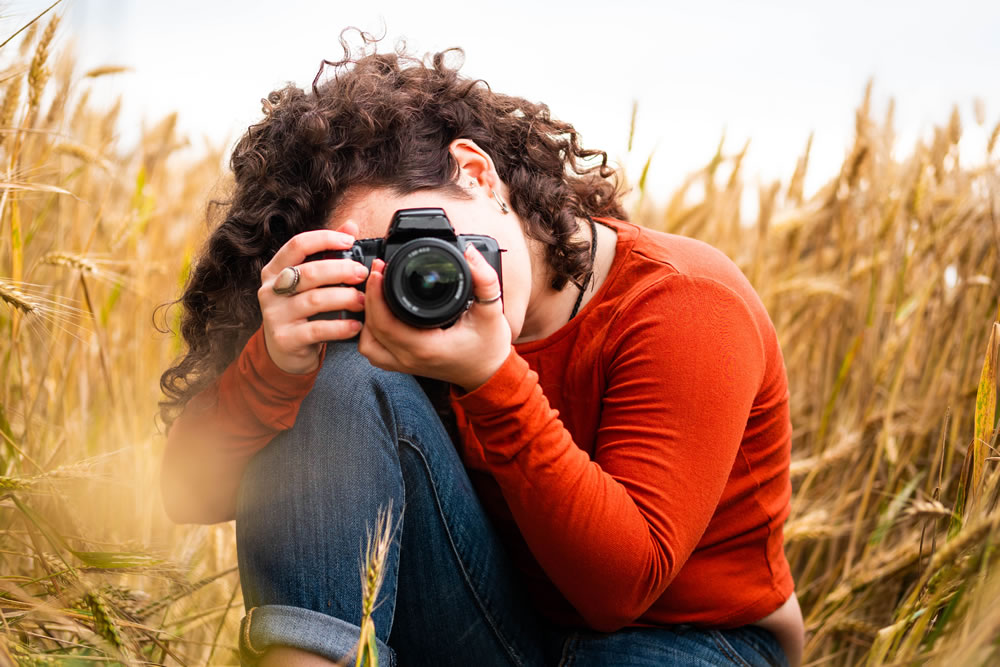
Others would explain composition in photography with a much more complex and intricate explanation. It all comes down to how and where you place the various elements in your frame. The composition dictates how close the elements are to each other. The placement of the elements is largely subjective. You can decide which element should be more vibrant, with more or less colour and what size it should be. There are some rules, but the majority of it can be achieved organically.
Your elements are arranged in a manner that brings out their meaning. A picture is more than just a photo. You always wanted to convey a particular message or story. You always put the celebrant of the birthday in the center with other guests on either side. It is to show your audience that you are the most important person. You will often pose in front of a famous landmark to let your audience know where you are. Your presentation could be more standard or artistic. You could have a deeper meaning or a more complex message.
The composition of a photo can affect the viewer’s behavior. Tell your audience what the focal point of the picture is. This is to show the main subject in relation to the other elements. The focal point is the one responsible for the story of a photo. Like anything else in the visual medium, there’s an emotional resonance.
This brings about balance and order. You can make your work as abstract or realistic as you like. The weight of your elements will always be taken into consideration. Each element has an impact on the weights surrounding it. The balance of light and tone is also important because they can increase or decrease the weights of other elements.
When you compose your photo correctly, it will be visually appealing and clearly convey its message or meaning.
You can improve your photography composition by following these tips.

The Basics
Let’s start with the basics. If you want to develop your skills, it is important to have a solid foundation. Because your foundation dictates your core values. These core values will be your guide as you develop your skills.
Beginner photographers must first master their equipment. Understand your camera.
Digital cameras will be shipped in 8 million units by 2022. Globally, the digital market was worth $7.5 billion. It means that many people are buying the latest, greatest cameras available.
You may own the most expensive, most advanced camera on the planet. If you don’t understand the menus or controls, your camera is no better than a rock. You should read the manual and try out the controls. Make sure you know all of the features and benefits that your camera has to offer.
Shutter Speed
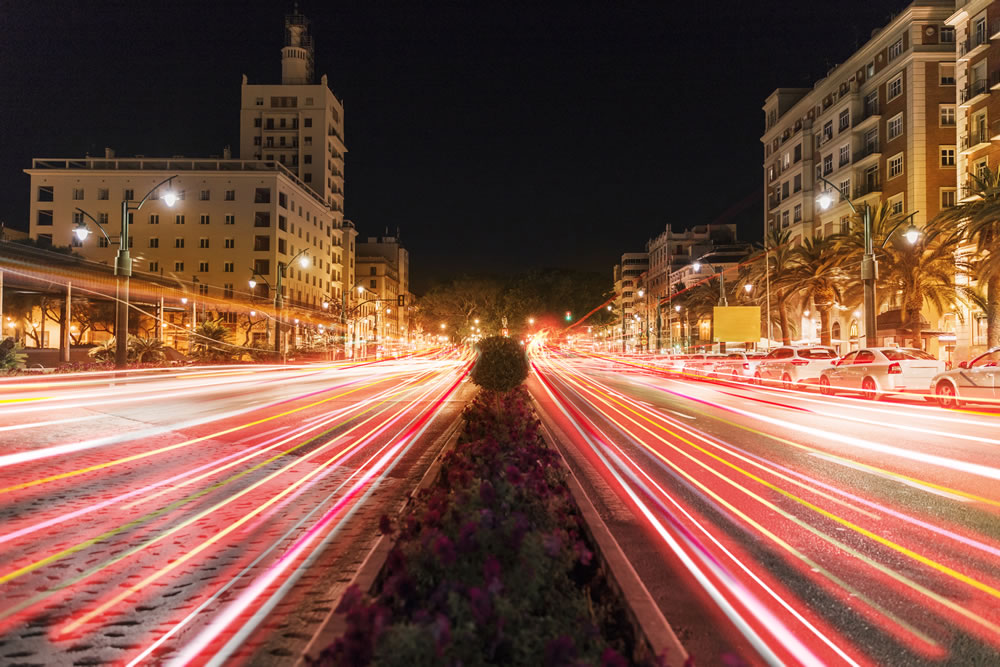
Also known as exposure time. The shutter time is the amount of time that the light enters the image sensor in the camera. Modifying the amount of lighting can alter the way the subject is captured.
You can use a higher shutter speed to freeze a moving subject. Lighting is important because a fast shutter speed requires adequate lighting to produce a clear picture. Use shutter speeds of 1/1000 or faster.
Indoors, slower shutter speeds work best. You’ll want as much light to reach the sensor as possible in dimly-lit places. Shutter speeds as low as 1/100 seconds are sufficient. You may have to reduce it if lighting conditions are poor. Use a tripod, or any surface that is stable. The lower the shutter speed, the greater the risk of blurring.
ISO
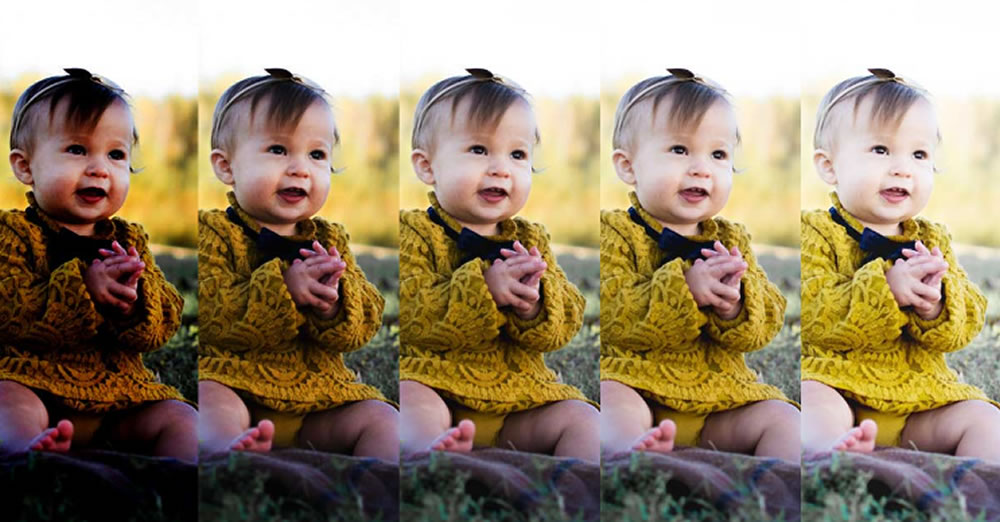
The ability to detect light is defined as the capability of the image sensor. The ISO speed is directly proportional to how sensitive your camera will be to light. The shutter speed is also affected by this. Modifying your ISO will allow you to take pictures in dark environments while still achieving a brighter image. It also prevents blurry pictures from camera shake or motion blur.
Aperture
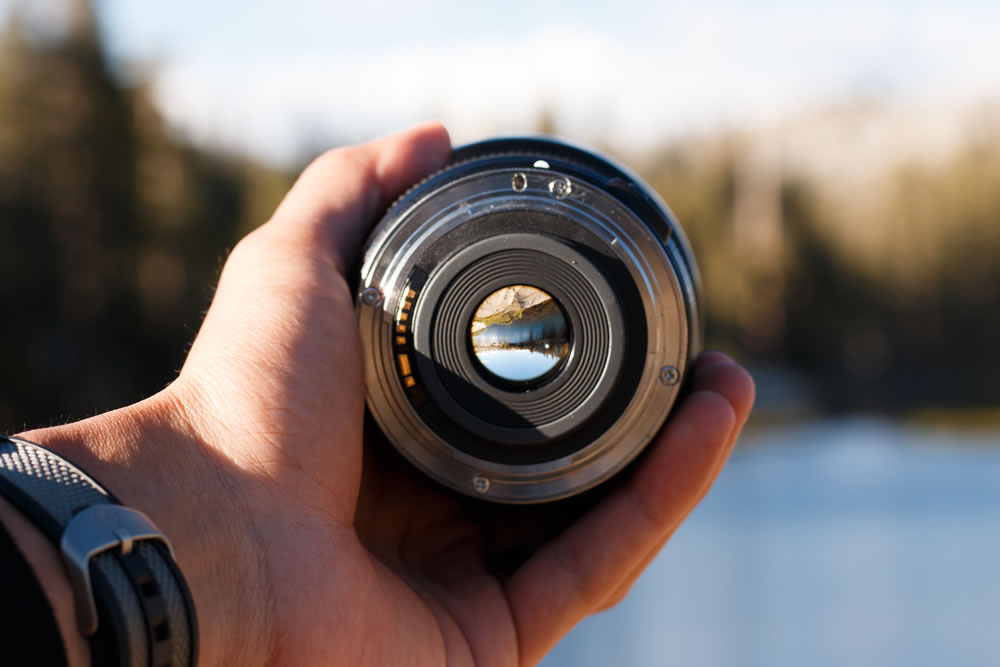
The aperture controls the intensity of light. This is largely controlled by the different sizes of openings in lenses. When you increase the aperture, more light will enter and decrease it to allow less light in. Standard f-numbers are f/1.4 f/2 f/2.8 f/4 f5.6 etc. The larger the aperture, the smaller the f number.
By controlling the depth-of-field, you can give your photos a new dimension. With a shallow depth-of-field, your background can be completely out of focus and in stark contrast to the foreground. The large aperture separates your subject from their background. The subject will be more prominent, and your audience’s attention will be drawn to it.
Landscape photography is best done with a smaller aperture as there should be little or no blurring of the background, as both foregrounds and backgrounds need to remain sharp.
White Balance

You can use the presets for white balance on your camera to make white appear in your photos.
When you photograph a white object it can take on a tint. You may notice that your photos have a blueish tone or a warmer one. It may not be apparent when you are taking a picture of a white object, because your brain automatically corrects the color no matter what the source of light is. White is still white to you. Cameras don’t detect this, and the photos they show are different than what you see.
Auto White Balance is a mode that comes with your camera. Keep it on. It will assist in correcting the image. If you are in a situation where the “Auto” setting is not sufficient, then you can choose from a range of other white balance settings. These settings are “Daylight”, ‘Cloudy’, and ‘Tungsten Light. The settings are “Shade”, “Cloudy”, and so on.
Rules of Composition
As you progress in your photographic journey, you will come across a number of rules that govern composition. This article contains many tips on photography.
You should learn the rules, but not to be restricted by them.
Rules are there to guide you and help you stay focused. It is possible to find beauty in chaos, but not everyone will. In visual art, it is possible to experience eye strain.
Here are some ideas to get you started.
1. Fill in the Frame

A photo that has too much negative or unused space might not be appealing. It could make the subject look lonely and desolated. Fill the frame by getting closer.
Bring zoom lenses for your photoshoots to fill the frame.
2. Different perspectives

Shoot high or low. You can always see things from a new perspective. It creates an interesting dynamic in your photography. You can improve your ability to take a picture from any angle or position.
Include different perspectives when coming up with photoshoot concepts. This will give you more choices.
3. Rule of Thirds

It is one rule which breaks another rule. Should I say that a rule “amends” itself? The subject is placed in the center of the frame to create balance. Instead, you can use the rule by thirds. You can use this rule to balance the empty space in your photos and create visually pleasing photographs.
The grid is preset on most digital cameras. You can shoot analog if you wish. Imagine a grid made up of two horizontal and two vertical lines that divides the frame in thirds. Position your subject at one of the intersection points, and try to avoid the middle box.
4. Leading Lines

Natural lines are everywhere. Lines formed by mountains, buildings, stairs, roads, etc. are examples. Include these lines to create depth and dynamic in your photographs when they meet or cross.
5. Figure to the ground

You can adjust the contrast between your subject and its background. Your shot will look more dramatic with more contrast. If you want your subject to stand out from the background, then that’s what you should do.
You can achieve these effects by using contrast lighting. Make sure your subject is brighter than the background.
If you need a specific background, photo editing software is available. A Remove bg Tool will make editing easier and more efficient.
Tip and Tricks
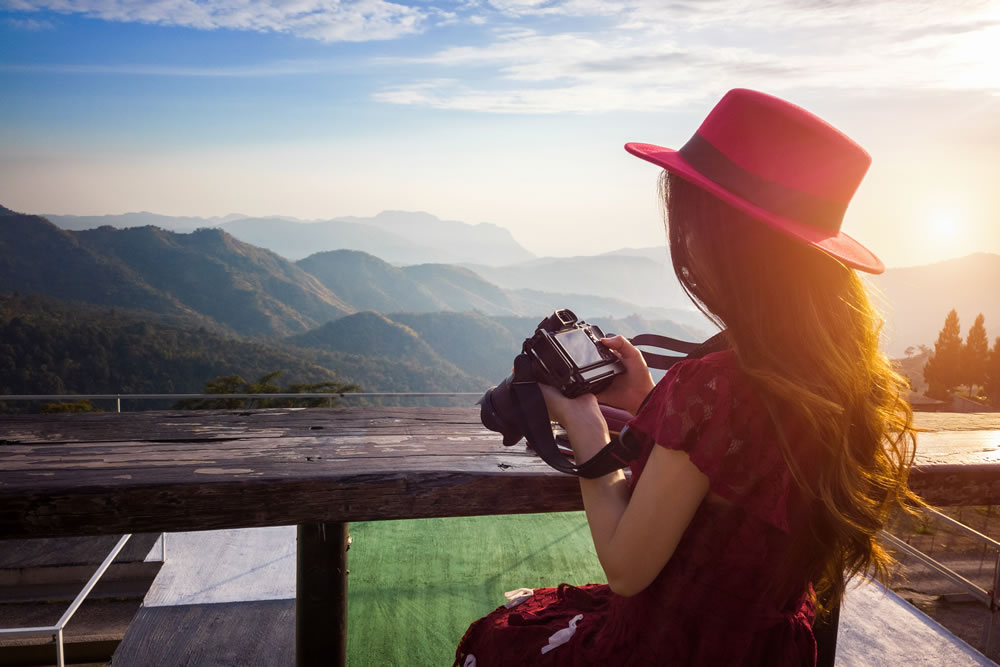
Today, it is much easier to improve your photography skills. There are a lot of resources available online for amateur and professional photographers. Their experience and process can teach you a lot. You can view all of their photos, which is a great way to get a visual reference. We found some great photography tips.
1. Frame within a picture frame
It’s a great idea to give your photos more depth. You can use something to create a natural border around your subject. You can use a doorframe, trees, arches or walls to create a border around your subject.
2. Ideal lighting
The best light for photos is natural light. Morning photos are excellent because they are not only clear, but also not too harsh. Sunsets can be used to create a dramatic effect.
Choose lighting products that allow you to adjust the brightness according to your preferences. You will have more freedom in how you arrange your shots.
Use flash gels as a way to illuminate your subject. Your photos will have unusual and interesting colors.
3. Simple is best.
Be sure to keep the background clean. This could overwhelm the subject matter of your photo. Only keep those elements that you absolutely need. You must focus your audience’s attention on the topic and its meaning. Simpler is easier to understand.
4. Show scale
Use a person or object to show the scale and scope of your image. To show the size of a landscape, you can take a bird’s eye view. You can show the vastness of your surroundings, but also let your audience experience the desolation of the desert.
5. Beyond the Face
Portraits are usually focused on the subject’s face as they stare into the camera. It could look flat. Make it more interesting and focus on details other than just the face.
The shot would still be close-up, but you could include some details. Ideal would be to place the hands near or on top of the face. Also, consider the position of the head as well as the direction they are looking. You can use small facial movements such as a slight smile or raised eyebrow. You should include details to help the audience get a sense of the subject.
Practice makes perfect
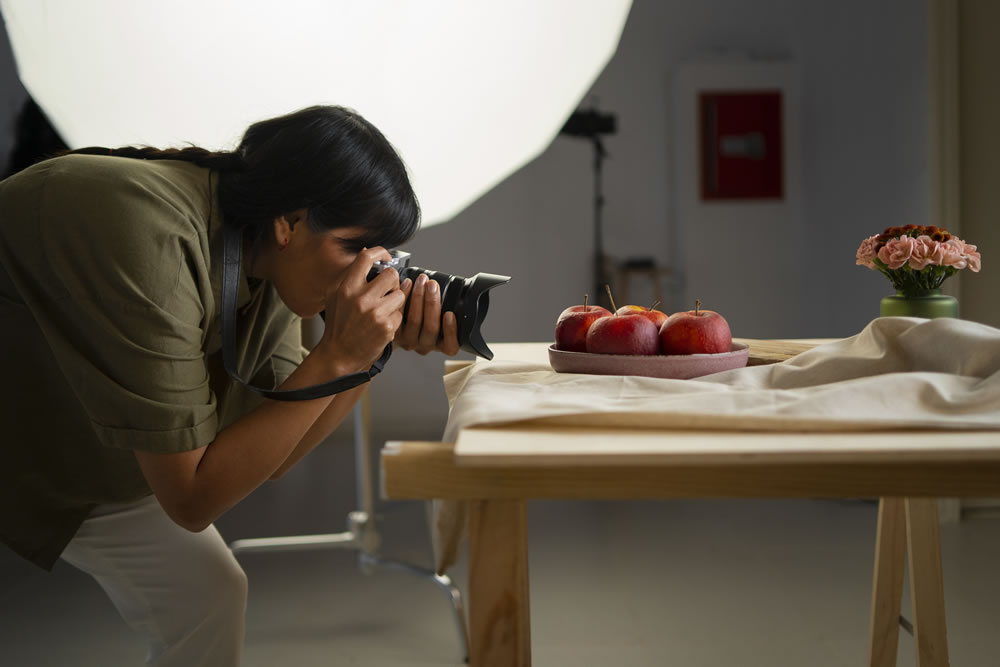
To become proficient in anything, you must practice. You will discover what you’re capable of through trial and mistake.
It can be confusing and intimidating at first. You have a lot to learn. You should not overstress yourself. Even the best photographers started off like you.
Start by choosing the items that you find comfortable. Do you enjoy animals? Then, take pictures of your pets. Do you like taking portraits? Families and friends will always be there to help and forgive you for any less than pleasing photos.
You won’t be the only one taking pictures at family events. Everyone else will be doing it. The experience will be less stressful, and more enjoyable. The participants are willing.
Photograph the same subject in different angles and times. These are great for pets. You can take photos of your pet whenever you like. From your second floor window, take photos of them while they are playing in the backyard. Take a photo of their sleeping face by crouching down to their level. You will also create fond memories with your animal. You will also have photo albums as proof.
Bring your camera with you everywhere. It might sound pretentious. Make sure you’re using your camera to actually take photos. This is not an accessory. You can practice taking pictures of objects that appeal to you by bringing your camera with you. You will be in different environments and surroundings where you have to adjust your camera presets constantly. You’ll also be constantly changing the lighting, since you use natural light. This will also require you to adjust.
Learn from professionals for more tips and ideas on photography. Many of them offer workshops and seminars. Attend them, if possible. Ask them questions, learn about their work and then adapt it to your own.
Final Thoughts
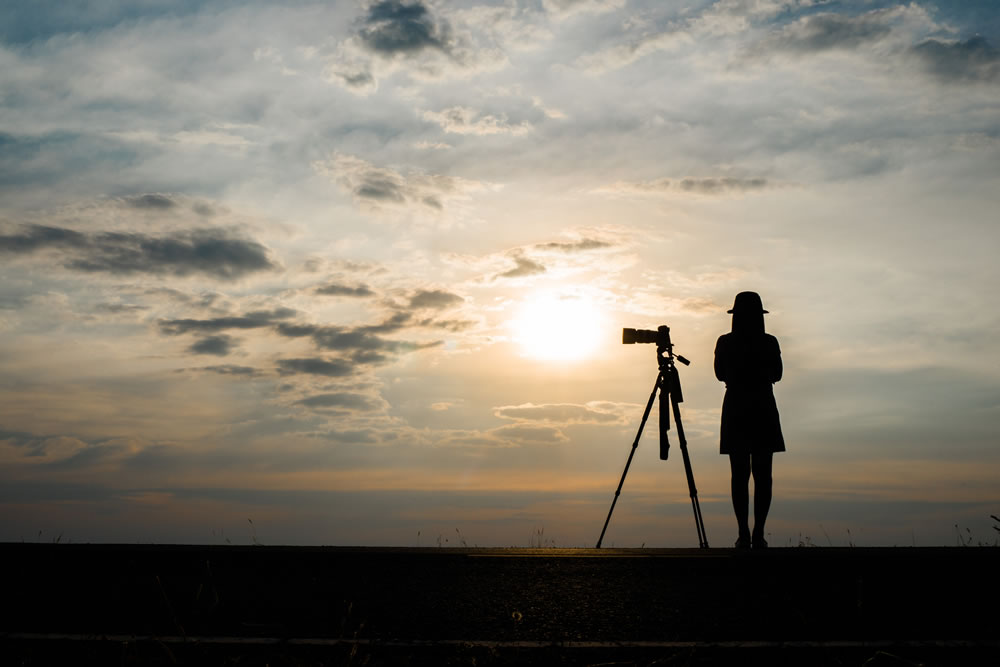
Photography is an artistic expression. Art is about passion. Passion is the key to success. Hard work is the key to success.
You must love photography to learn about it. Fascinate yourself with its past and achievements. Know the people behind the technology.
Know what your camera can do. Know what your camera can do. Know all the features, menus, and settings. You need to be able master all controls. If not, then it’s a waste of time.
It is important to know the different techniques. You can learn from any source you find. You can visit galleries, browse through picture or coffee table books, consult professionals or watch videos. Many of these things can be learned online from the comfort of your own home. Many of them are free.
Lastly, practice. If you don’t put into practice what you have learned and discussed, it will all be for naught. You will be able apply your knowledge if you practice. You can adapt and change these techniques according to your working style and process.
So grab your camera and get snapping! You can do anything you want. It’s even better, you can create your own photo gallery.
